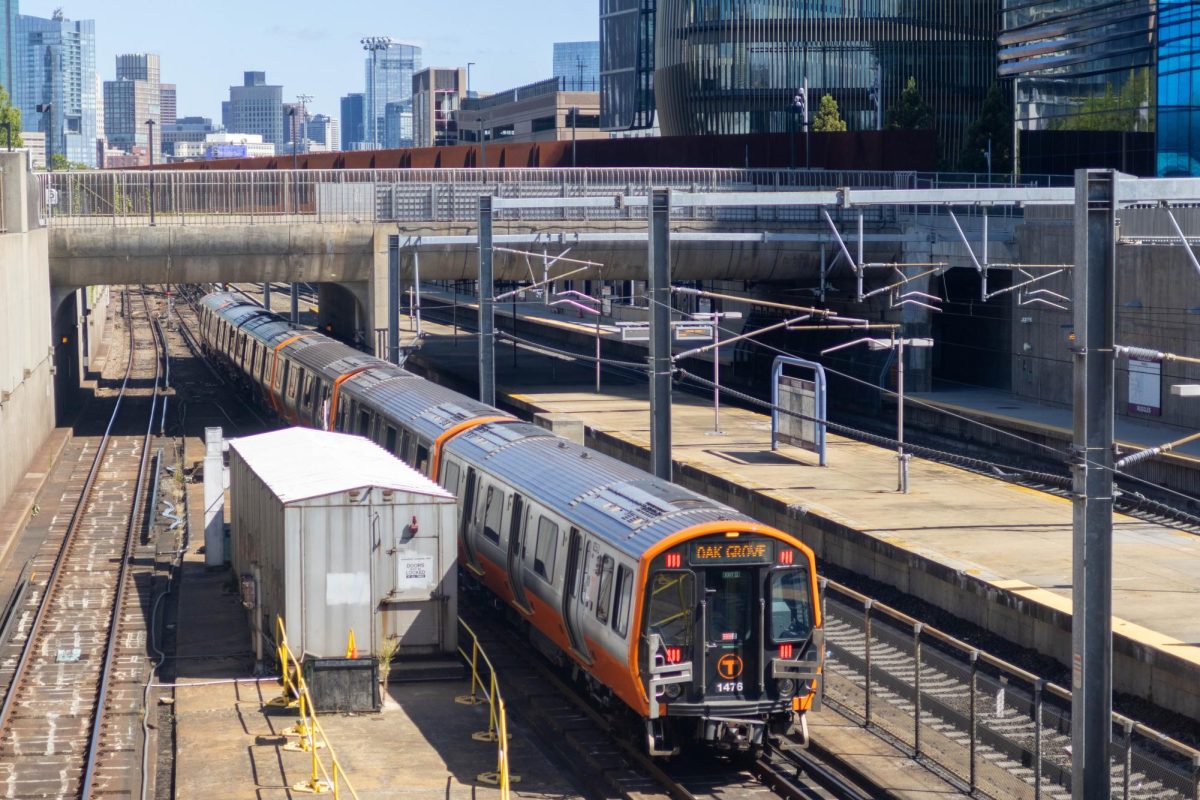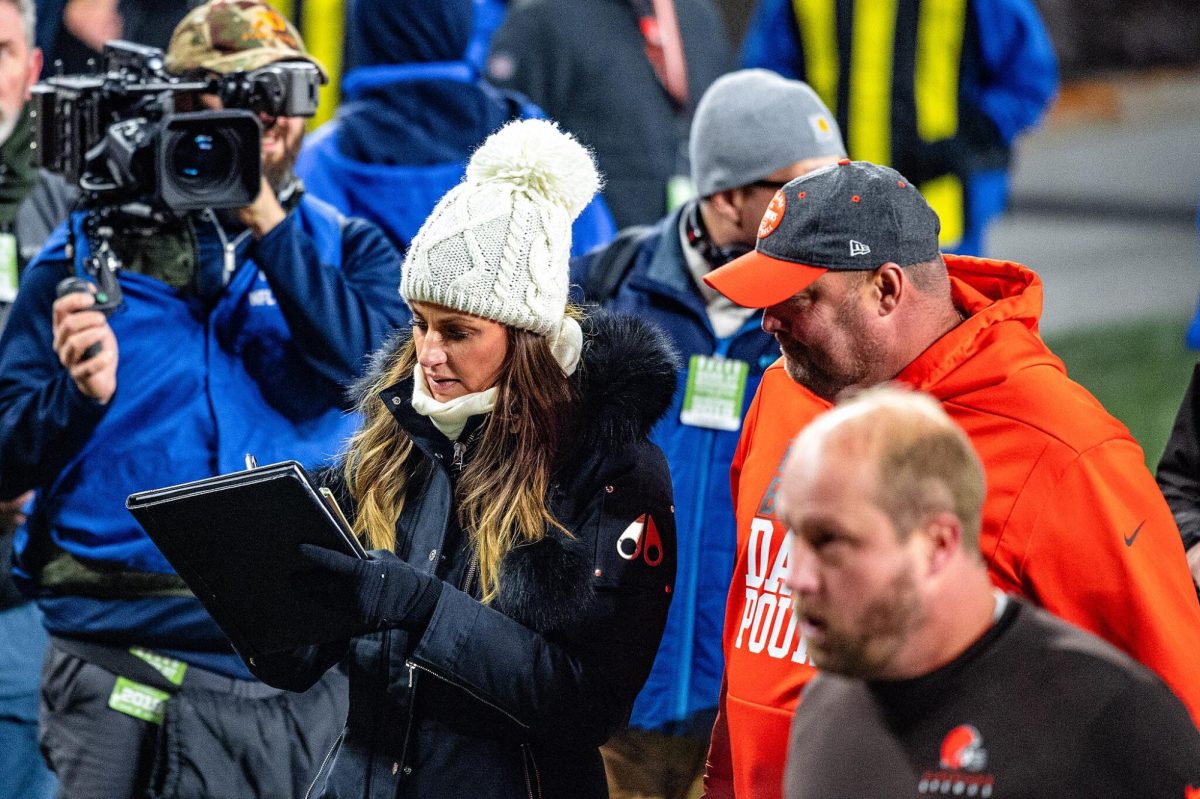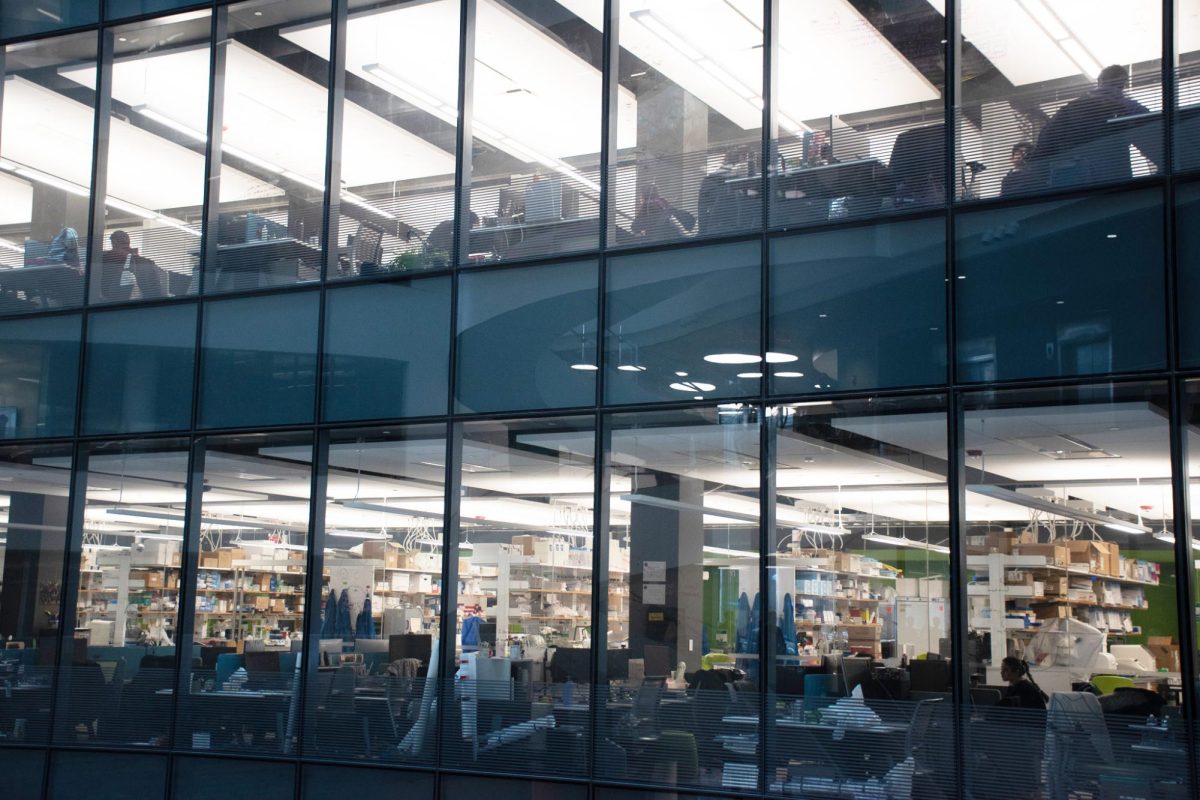For students at Northeastern, the Massachusetts Bay Transportation Authority, or MBTA, system isn’t just public transit — it is a lifeline. Every day, numerous students rely on the Green or Orange Line to get to classes, internships and part-time jobs.
But that lifeline is constantly breaking down, slowing students down and sometimes stopping their trip altogether. The constant delays, inexplicable slow zones and repeated closures have turned what should be a simple commute into a daily stress test. Despite MBTA’s frequent promises of “improvements,” service remains just as unreliable, sluggish and unpredictable as ever.
Like many international students, I arrived in Boston expecting a well-functioning public transit system. After all, this is the United States — surely, a major city such as Boston would have a fast, reliable and well-managed transportation network. My brother picked me up from Logan Airport, so I didn’t have to immediately rely on the train, known here as the T. But as I settled into my routine, I saw just how heavily students depended on public transit — and how unreliable it actually was.
Some of my other international student friends weren’t as lucky. They had no relatives in the city and had to figure out ride-sharing apps or navigate the MBTA system by themselves on day one. I remember watching them struggle to understand the routes, delays and schedules — something I initially brushed off as just an adjustment period. It couldn’t be that bad, right? That illusion shattered quickly. Once I moved into my own apartment near Heath Street, reality hit me like an oncoming train — except the train was 20 minutes late.
To call the Green Line a train is an insult to trains everywhere. The ride from Heath Street to Northeastern — which is less than two miles — can take up to 30 minutes. I have genuinely walked faster than the train. Sometimes it shows up on time; sometimes, it doesn’t. And even when it does, it sometimes stops for a significant time without explanation. One of the worst offenders? Brigham Circle. At least once a week, the train randomly stops at this station for 15-20 minutes. No explanation or announcements. Just a frustrating silence as passengers sit in confusion. I was almost late for my shift at work because of this hold up once. When I asked an MBTA worker what was going on, they just shrugged and said, “Technical difficulties,” which seems to be their excuse for everything.
From March 18 to 21, 2024, the MBTA suspended Orange Line service between Jackson Square and North Station for critical track repairs, forcing commuters onto shuttle buses that added 20 to 30 minutes to their trips. So, why aren’t things improving? Between all of the slow zones and breakdowns, it feels like the MBTA is consistently just putting band-aids over a broken system. Last month, I spoke with a friend of mine, a fellow graduate student at Northeastern, who shared her frustration: “I need to leave at least an hour before my lecture or part-time shift if I plan to take the Green Line E Branch just to make sure I’m not late. It takes up so much of my time.”
I couldn’t agree more — it’s the reality for so many of us. The constant uncertainty forces students who live off-campus to build extra buffer time into their schedules, turning what should be a simple commute into a stressful daily calculation.
The constant delays, inexplicable slow zones and repeated closures have turned what should be a simple commute into a daily stress test. While recent data shows that train speeds have increased by 33% on the Red Line, nearly 25% on the Blue Line, and 12.5% on the Orange Line, the Green Line — especially the central subway — continues to lag behind, with average speeds still under 10 mph.
The MBTA loves to talk about upgrades — signal fixes, track repairs, new schedules — but commuters are still stuck waiting on cold platforms wondering where the train is. Some parts of Boston feel downright cut off. Getting from Roxbury to Seaport? Might as well pack a lunch. Mission Hill to Cambridge in under an hour? Only if you’re dreaming. Even a simple trip from Jamaica Plain to Harvard Square — two well-known, relatively close neighborhoods — turns into a full-on expedition. No car? You’ll ride the Green Line to Park Street (hello, downtown detour), then switch to the Red Line and hope for the best. What should be a 20-minute drive becomes a 40-minute crawl, assuming nothing breaks down.
For a city that sells itself as a hub of innovation, the transit network feels like it’s stuck in the dial-up era. Instead of connecting communities, the T draws lines between who has time to spare — and who gets left behind.
The MBTA insists it’s working on it. Governor Maura Healey recently announced a historic $8 billion transportation plan, part of which aims to stabilize MBTA finances and make long-overdue improvements. Yet, as a TransitMatters analysis notes, much of the system — particularly the Green Line — still suffers from major slow zones, and shutdowns haven’t consistently led to better service. Until these funds are translated into real, measurable improvements across all lines, riders like us will continue waiting for promises to materialize — often literally, on the platform.
Boston is home to some of the world’s best universities, cutting-edge research, and a thriving tech industry. Yet when it comes to public transit, the system falls short of the city’s reputation. If the MBTA plans to continue implementing service disruptions in the name of improvement, then riders deserve to see tangible results. Commuters have been patient, adapting to delays and closures with the hope that change is coming. Now, it’s time for those promises to translate into progress. Until then, the T will remain a daily source of stress rather than the reliable lifeline it’s meant to be.
Aayush Sawant is a second-year graduate student majoring in information systems. He can be reached at sawant.aay@northeastern.edu.
















